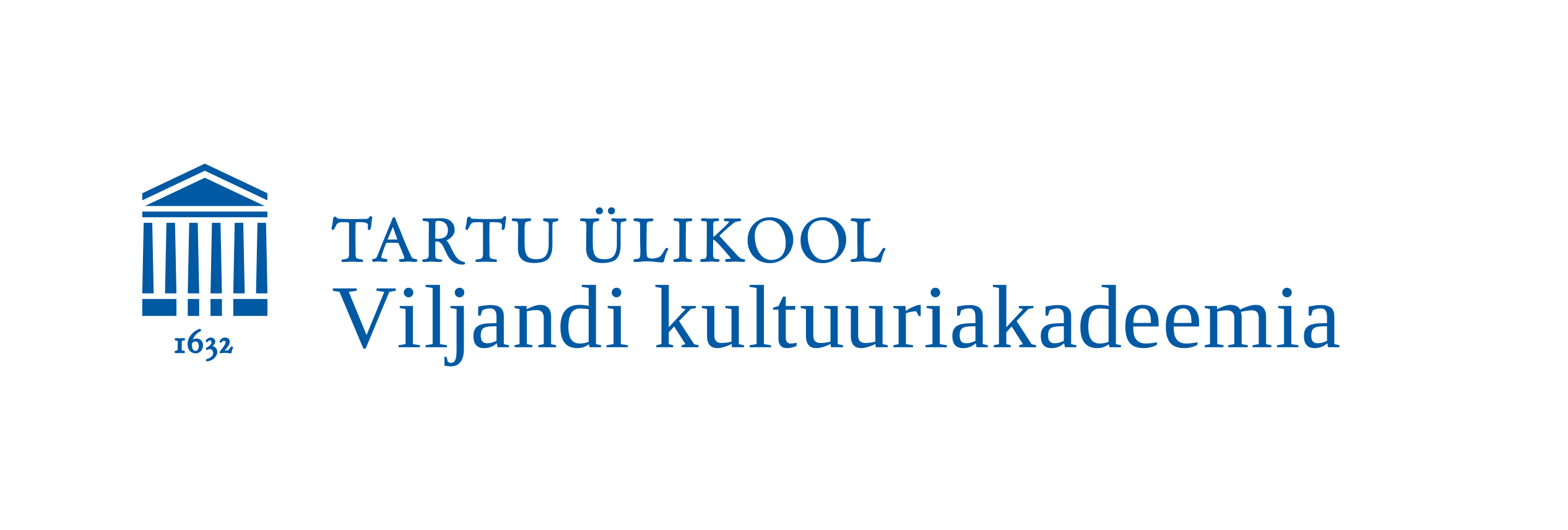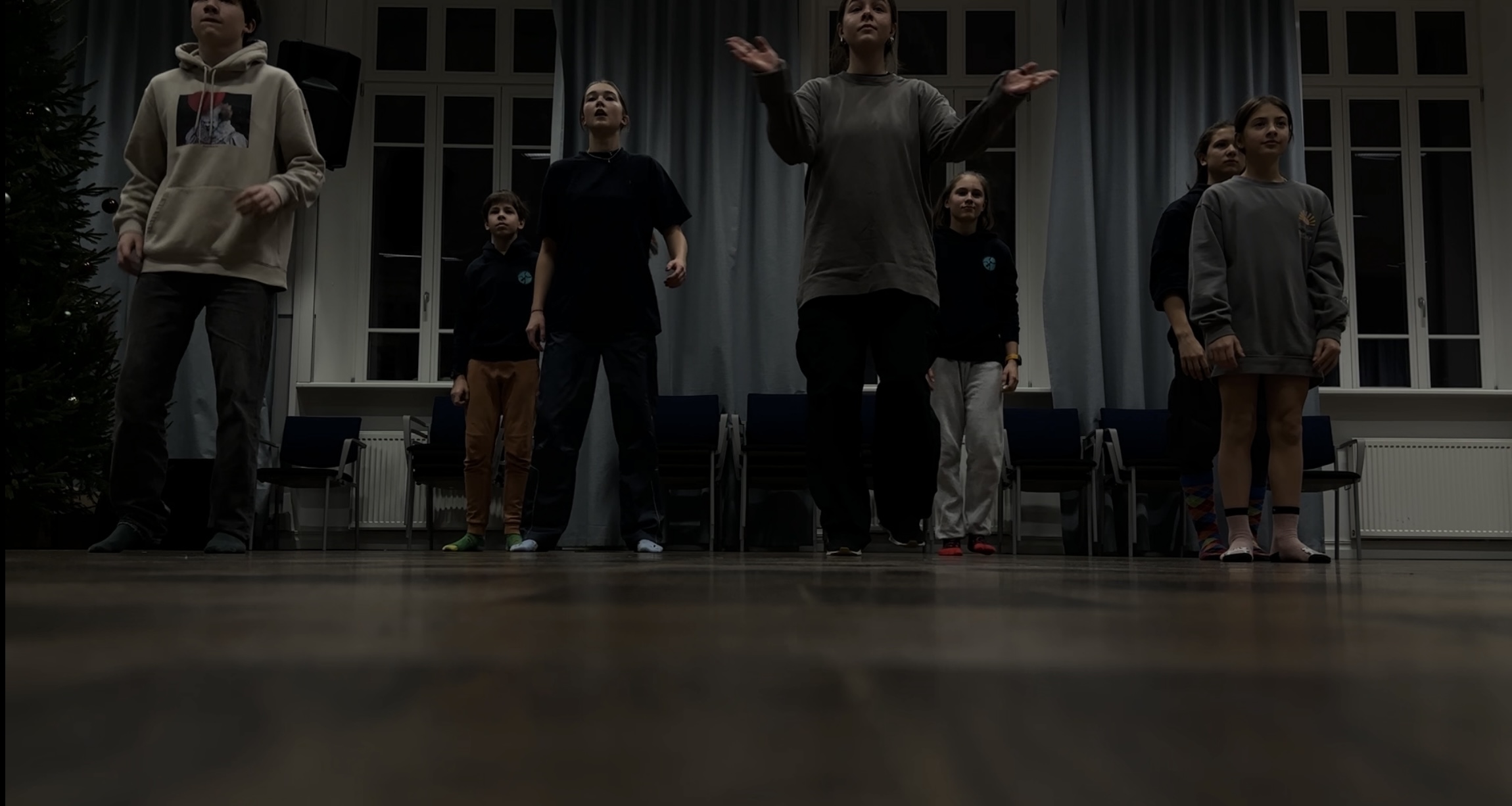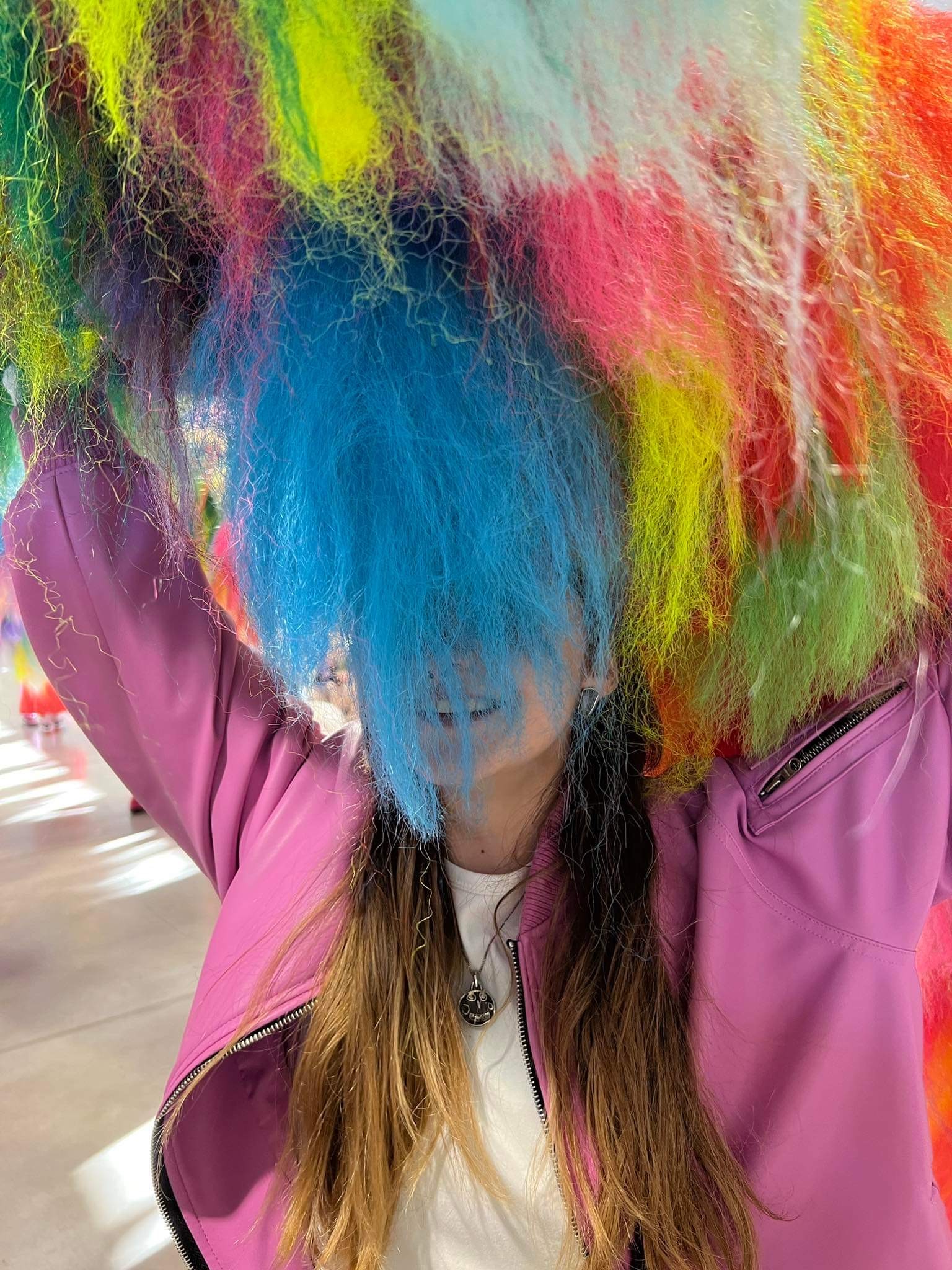“TEISTE MEELTE RAKENDAMINE TEARTIS VISUAALIVABA LAVASTUSE “PELLEAS & MELISANDE” NÄITEL” (juhendaja Jaanika Juhanson, MA).
LÜHIÜLEVAADE: “Oma lõputöös „Teiste meelte rakendamine teatris visuaalivaba lavastuse „Pelleas&Melisande“ näitel“ analüüsin oma kogemust ilma silmadeta kogetava teatrivormi loomisel. See on teatav kokkuvõte kaheaastasest protsessist, mille esimeseks järguks võib lugeda minu seminaritööd „Nägemismeelt mittekasutava teatrikeele loomine nägemispuudega publikule“, teiseks osaks kursusekaaslastega tehtud diplomilavastust „Pelleas&Melisande“ ning kolmandaks osaks publikupoolse tagasiside analüüsi, mis kajastub ka minu lõputöös. Oma kirjatükis selgitan teema tagamaid, kirjeldades lääne (teatri-)kultuuri visuaalikesksust ning püüan avada potentsiaali, milleni teisi meeli teatris teadlikult kasutades võimalik oleks jõuda. Oluline osa tööst on aga praktilise protsessi analüüs, kus põhjendan tehtud valikuid ja analüüsin tekkinud probleeme. Minu töö on väike üleskutse tavateatrile ja ühiskonnale, märkamaks ja hindamaks enda ümber erinevat ning julgustamaks väljendusvahendite laiendamist, kasutades sõnumi edastamiseks ka muud kui nägemismeelt.”
Kaija Maarit Kalvet
töö autor, üliõpilane
TÜ Viljandi Kultuuriakadeemia
LÄBITUD ÕPPEKAVA: teatrikunsti õppekava.
SUMMARY: My thesis, „The implementation of other senses in theatre by the example of a performance without visual, „Pelleas&Melisande““, discusses upon creating theatrical performance by using other senses than only visual. The first part of it is theoretical, describing visual-centeredness in western culture and theatre, and thinking about the potential of the other senses. As my final work as a director student I created a performance for visually impaired and/or blindfolded audience, based on Maurice Maeterlinck’s text „Pélleas and Mélisande“. In the second part of my thesis I firstly describe the rehearsal process and account for the choices I made with my troupe regarding to the use of other senses. Secondly I analyse the outcome, based on a small survey – answers submitted to a questionary which I asked my audience to fill in after experiencing the show.
I can summarise that creating the performance and doing research for this work has been a truly enriching experience. I believe that it is important in many cultural, social and cognitive aspects. There are many themes that have not been widely discussed upon before, but which have a lot of potential in sociologial and artistic studies.
I believe that even though the senses of the audiences have not been provoked very much in regards to theatrical experiences during the theatre history, it has a lot of potential. The other senses (also probably together with the visual experience, not only in blindfolded theatre) open up possibilities to experience with the whole body, get closer to inner emotions and have a real, personal contact between the performers and the audience. The most important part of theatre for me is meeting other people, communicating with them, sharing experience in the same room at the same time. Conscious usage of other senses can provide a good soil for this kind of meeting. We come to the theatre in our bodies as a whole, so there is no need to play performances only for the eye and the intellect.
The field of using other senses is wide and powerful and for it to take effect, it has to be researched and pondered upon profoundly. It can be a whole language of its own, but it can also become a mere noise or effect in itself, if not considered with care. Every effect should be there for its function in a whole.
I hope my discussions are of interest and inspiring for both performance artists and the audience. I believe there is a practical and theoretical potential to investigate the themes further, also from sociological point of view. Theatre should not be only an art form in its own right, but rather a platform of communication in the middle of people: the creators, recipients and interprets.



